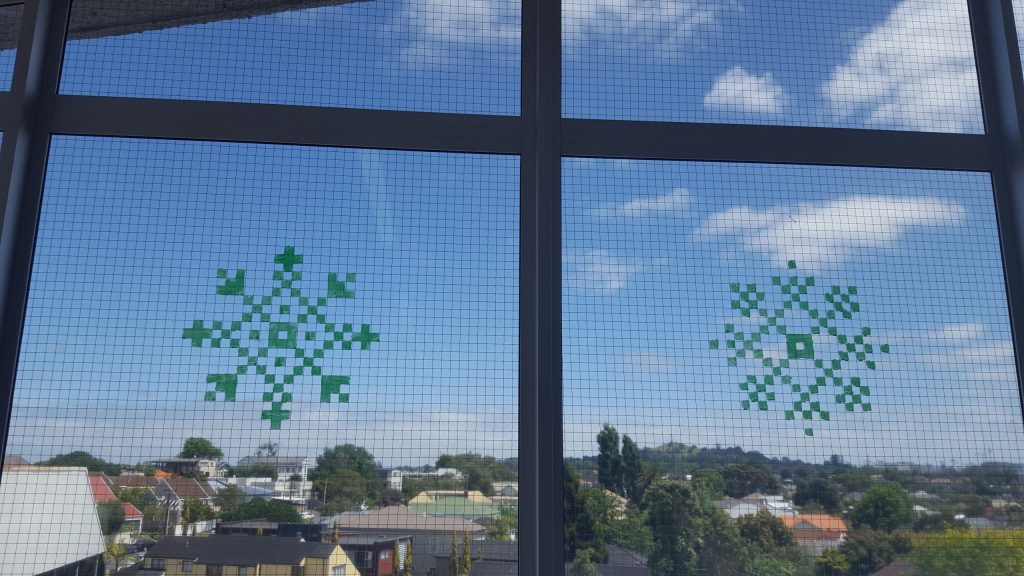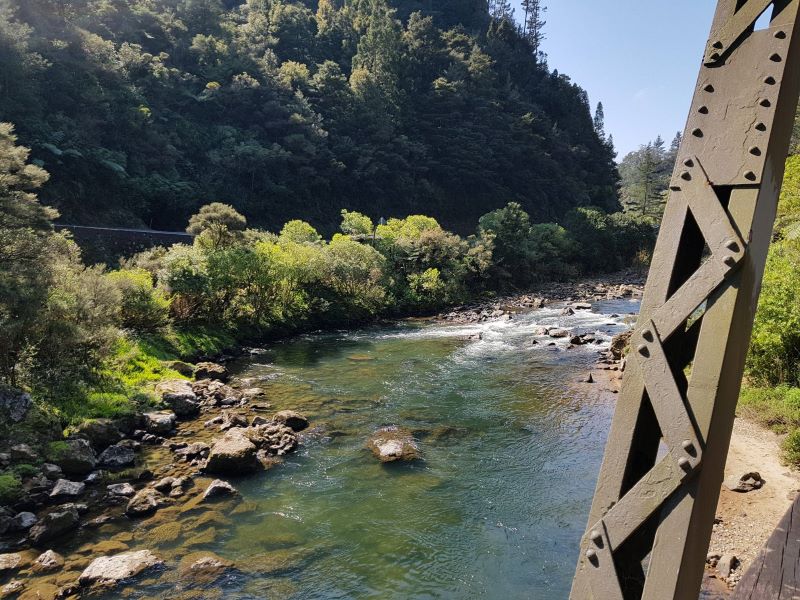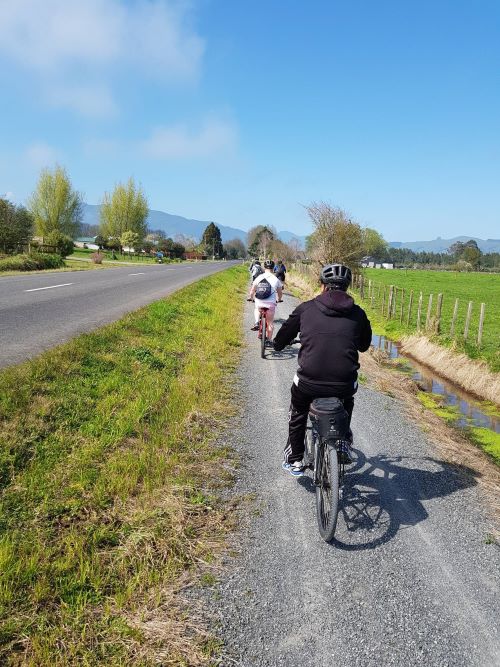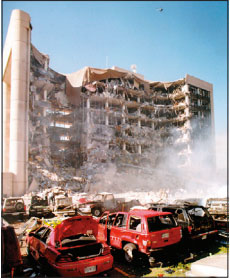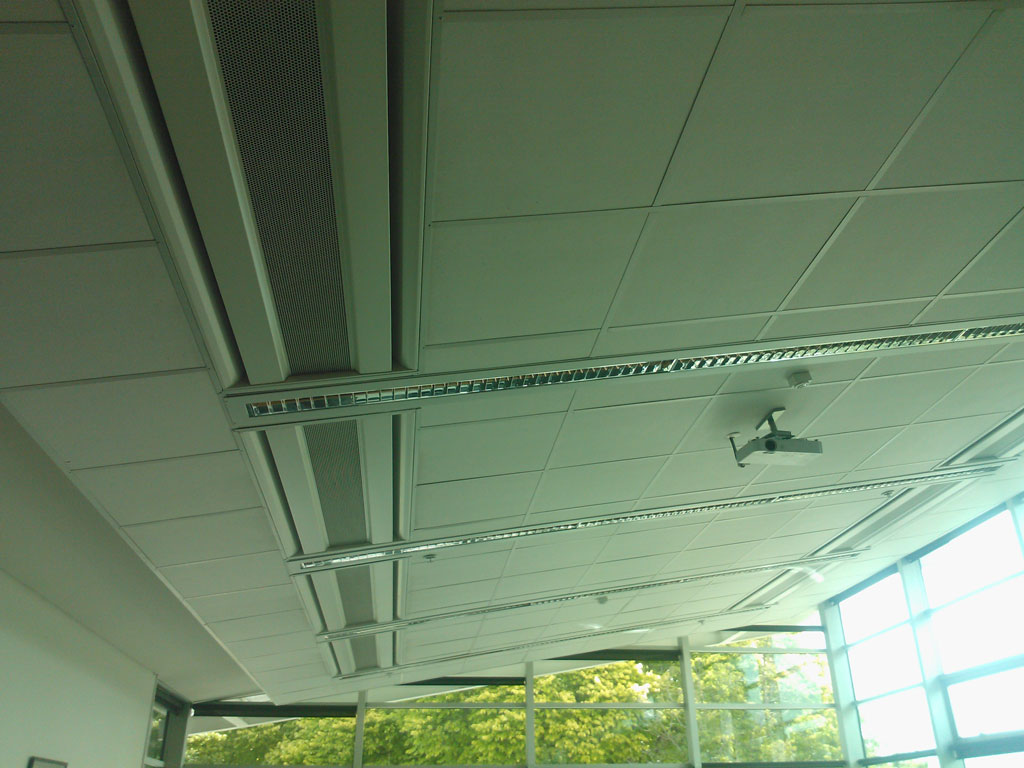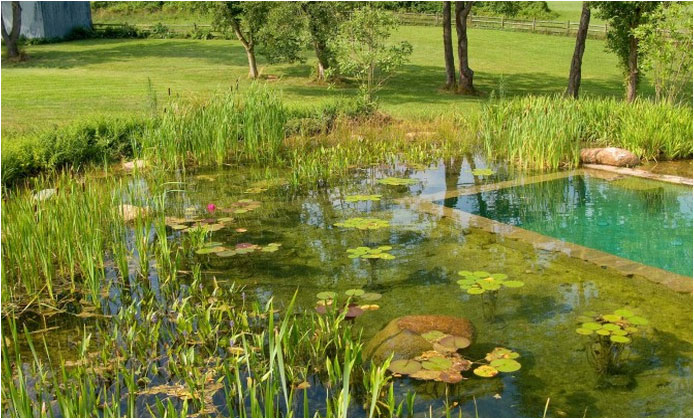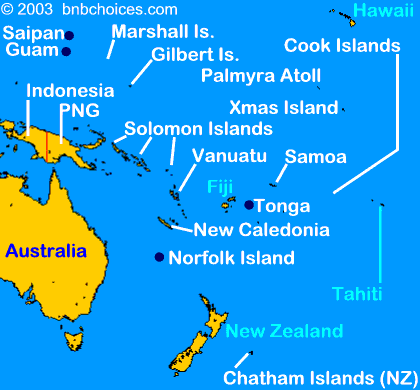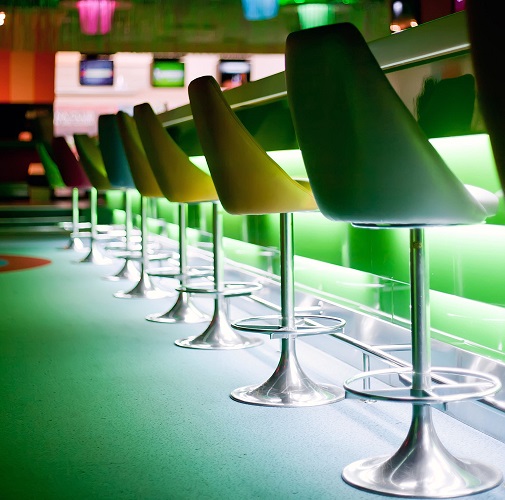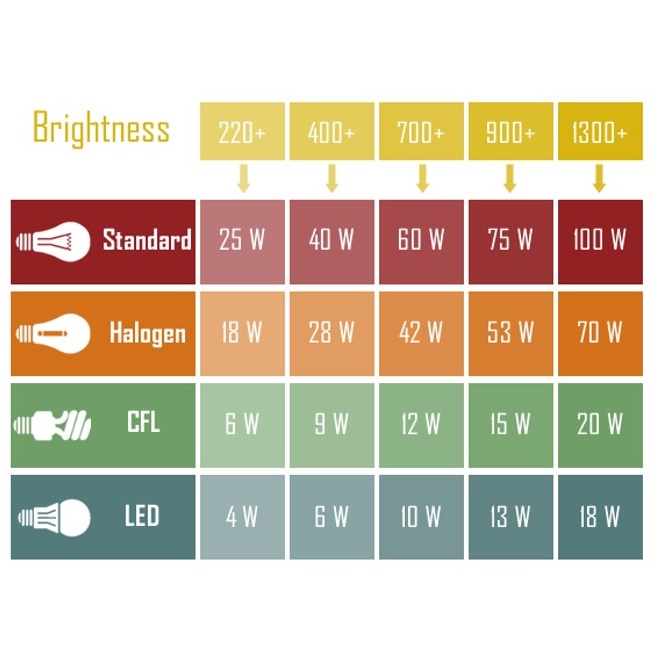With the recent advancement and affordability of video conferencing and collaborative software, more and more project managers are opting to meet with project teams over the Internet.
MEPS Building Engineers has attended video conferencing-based meetings. Here is what we found;
- The quality of video and audio are very good even with a good number of attendees.
- Ability to share screens and plans on the fly, never forgot to print a plan again.
- Travel costs, parking cost and travel time etc, was cut to nothing!
- Time spent on attending a meeting is cut by more than half if one considers travel is not required.
- Positive impact on the environment, as there would be no CO2 emissions and no printing of plans.
- Safer for the participants as risk from normal travel is removed.
- More flexibility in meeting times as you can go straight from one to another.
- Greater discipline participation from each firm becomes economic as multiple representatives from the same firm no longer required to attend in person.
We believe that the coming months will see a greater uptake of video conferencing among building professionals.


